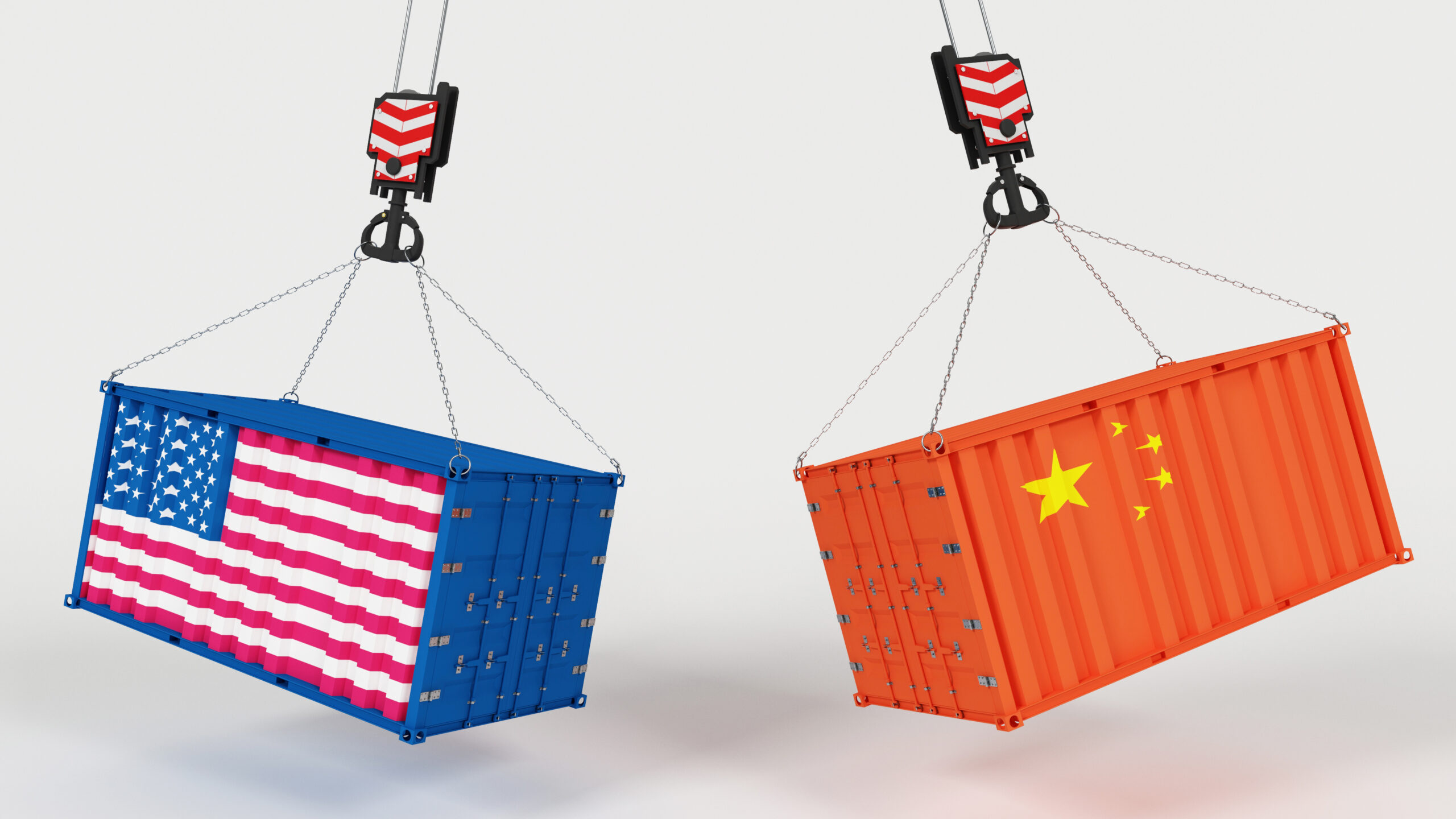Operation Sindoor: India’s Strategic Response to Cross-Border Terrorism
Operation Sindoor’s Context and Objective
On May 7, 2025, the Indian Armed Forces executed Operation Sindoor, a high-precision military operation aimed at dismantling terrorist infrastructure across Pakistan and Pakistan-occupied Jammu and Kashmir (PoJK). This operation followed the terror attack in Pahalgam, Jammu and Kashmir, on April 22, 2025, in which 26 civilians, including one Nepali national, were killed by Pakistan-based terrorist groups.
Stay Updated with the Latest on Operation Sindoor
For real-time updates and detailed coverage on the ongoing situation, click the link below:
This attack, attributed to Lashkar-e-Taiba (LeT) and Jaish-e-Mohammad (JeM), highlighted the increasing cross-border terrorism and forced India to take decisive military action. The Indian Ministry of Defence framed Operation Sindoor as a measured, targeted, and non-escalatory response to these terrorist threats.
Key Objectives of Operation Sindoor
Primary Objective: Dismantling Terrorist Infrastructure
The core goal of Operation Sindoor was to neutralize the terror infrastructure that has long been used by various Pakistan-based groups like LeT, JeM, and Hizbul Mujahideen to plan and execute attacks on Indian soil. These facilities are responsible for training, recruiting, and launching terror operations into Jammu and Kashmir and other parts of India.
Secondary Objectives: Deterrence and Prevention
- Deterrence: Operation Sindoor aimed to send a strong message to Pakistan and its affiliated terror groups that India will not hesitate to take direct military action against those who plan to attack its people.
- Prevention: The operation was also focused on preventing further terrorist infiltration into India by destroying the infrastructure used for cross-border infiltration and terrorist activities.
Execution: A High-Precision, Multi-Force Operation
Strike Details: The Role of the Indian Army, Navy, and Air Force
The operation commenced at 1:05 AM on May 7, 2025, when India launched 24 precision-guided missiles over a span of just 25 minutes. This swift strike was coordinated between three branches of the Indian Armed Forces: the Army, Navy, and Air Force. The operation marked a new era in India’s ability to conduct joint operations with complete synchronization.
Technology and Precision
- Precision-guided munitions (PGMs), including laser-guided missiles, satellite-guided glide bombs, and drones, were employed to ensure the highest degree of accuracy while minimizing collateral damage.
- UAVs (Unmanned Aerial Vehicles) were deployed for real-time surveillance, which allowed for immediate confirmation of the destruction of the targets.
The Targets: Terror Camps and Command Centers
The operation struck nine key terrorist sites, including training camps, command centers, logistics bases, and arms depots in both PoJK and mainland Pakistan. Some of the specific locations targeted were:
- Muzaffarabad (PoJK)
- Kotli (PoJK)
- Bahawalpur (Pakistan) – A known stronghold of Jaish-e-Mohammad
- Rawalakot (PoJK)
- Chakswari (PoJK)
- Bhimber (PoJK)
- Neelum Valley (PoJK)
- Jhelum (Pakistan)
- Chakwal (Pakistan)
These locations had long been associated with the planning, training, and logistics for infiltration into India, particularly into Jammu and Kashmir.
Strategic Significance of the Operation
Tactical and Strategic Objectives Achieved
- Targeted Strikes on Terror Infrastructure: The focus of the operation was entirely on neutralizing terrorist camps, which were critical to Pakistan-based terrorist organizations. The operation avoided Pakistani military installations, ensuring no direct military confrontation, which could have led to further escalation.
- Deterrent Effect: By carrying out this surgical strike, India reinforced its position that it will take strong action against terrorism, setting a deterrent example to Pakistan and other terror groups planning attacks on Indian soil.
- Prevention of Future Attacks: The operation dismantled key infrastructure responsible for organizing and launching terrorist attacks. This move is expected to disrupt future cross-border terrorism for a significant period.
Casualties and Impact
Terrorists Neutralized
Indian intelligence sources confirmed that over 70 terrorists were killed in the strike, with 60+ others injured. The destruction of terrorist camps and command centers led to a significant blow to the operational capabilities of terror groups like LeT and JeM.
Minimal Civilian Impact
One of the most significant aspects of Operation Sindoor was its emphasis on precision and minimal collateral damage. According to government sources, there were no civilian casualties, and the operation’s accuracy was confirmed by continuous drone surveillance, which tracked the destruction of targets in real-time.
Political and Geopolitical Reactions
Pakistan’s Response
In retaliation, the Pakistan Army initiated heavy mortar shelling across Poonch and Rajouri districts along the Line of Control (LoC). These actions were aimed at pressuring India’s military presence in the region. However, no direct military confrontation took place between Indian and Pakistani forces.
International Reactions
- United Nations Security Council (UNSC): The UNSC discussed the rising tensions between India and Pakistan but did not issue any formal statement after the consultations. The international community, however, expressed concern over the escalation and called for dialogue and de-escalation.
- Support for India: Several countries, including the United States and Israel, expressed support for India’s right to defend itself against cross-border terrorism.
Domestic Support in India
In India, Operation Sindoor was largely praised for its precision, restraint, and strategic focus on dismantling terror infrastructure. Prime Minister Narendra Modi personally monitored the operation, and the national leadership emphasized the country’s resolve to safeguard its citizens from terrorism.
India’s Counter-Terrorism Strategy: A Shifting Paradigm
Evolution of India’s Military Doctrine
Operation Sindoor represents a shift in India’s military and counter-terrorism doctrine. This operation is a clear indication of India’s growing military capabilities and its strategic focus on preemptive strikes against terrorist infrastructure.
India’s approach has evolved from reactive measures to proactive strikes, using advanced technology and intelligence gathering to deliver decisive blows to terrorist organizations.
Precision Strikes: A New Normal in Modern Warfare
The use of precision-guided munitions, satellite surveillance, and real-time intelligence in Operation Sindoor sets a new standard for modern warfare. India has demonstrated that it can carry out targeted, surgical strikes with minimum risk to civilians while maximizing the effectiveness of its military actions.
Conclusion: India’s Strong Stand Against Terrorism
Operation Sindoor marks a significant step in India’s commitment to national security and its resolve to eliminate cross-border terrorism. The operation’s precision, careful planning, and targeted strikes signal India’s evolving military prowess and its strategic shift towards a proactive counter-terrorism policy.
India’s message is clear: the country will not hesitate to take strong, decisive action to protect its sovereignty, its people, and its national interests. By focusing on dismantling terrorist infrastructure, India has demonstrated its ability to counteract terrorism with precision and resolve, while avoiding unnecessary escalation.
Image Credits: Operation Sindoor





